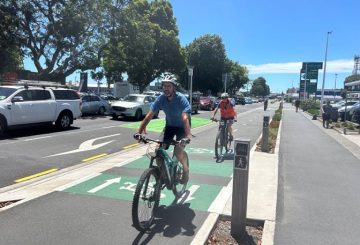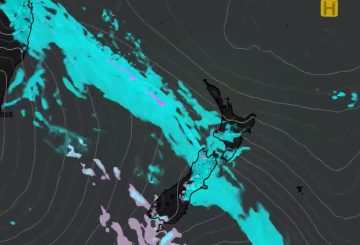웰링턴 시의회는 도시 교통에 대한 상세한 데이터를 지속적으로 수집하기 위해 혁신적인 모니터링 네트워크를 구축할 예정입니다.이 이니셔티브는 정확하고 포괄적인 데이터를 기반으로 의사 결정을 강화하는 것을 목표로 합니다.
새로운 교통 센서는 자동차, 트럭, 자전거, 스쿠터, 버스, 보행자 등 다양한 유형의 도로 사용자를 모니터링하여 연중 무휴로 이동 경로와 속도를 추적합니다.이러한 일관된 데이터 수집을 통해 시의회는 도시 이동, 자전거 도로 이용, 교통망 변화의 즉각적인 영향을 보다 명확하게 파악할 수 있습니다.
토리 와나우 시장은 웰링턴이 계속 성장함에 따라 도시 계획에 매우 중요하다고 말하면서 이 선구적인 기술에 대한 열정을 표명했습니다.정확한 연중무휴 데이터 수집을 위해 선택된 VivaCity 센서는 사용자의 익명성을 유지하여 공공 공간 사용에 대한 폭넓은 관점을 제공합니다.
시의회는 이전에 수동 카운트와 전자 카운터를 사용하여 여행 패턴을 식별했지만 이러한 방법은 적용 범위가 광범위하고 일관된 모니터링이 부족했습니다.새로운 시스템은 이러한 격차를 메워 시의회가 자연 재해나 전염병과 같은 예상치 못한 사건의 영향을 측정할 수 있도록 할 것입니다.
VivaCity 센서의 주요 특징은 개인 정보 보호에 초점을 맞춘 설계입니다.식별 가능한 데이터를 저장하지 않으므로 시민의 프라이버시가 보장됩니다.VivaCity의 COO인 Peter Mildon은 시스템이 데이터 보호 표준에 부합한다는 점을 강조하면서 시민 중심의 접근 방식을 강조했습니다.
이러한 움직임으로 웰링턴은 수상 경력에 빛나는 이 기술을 활용한 뉴질랜드 최초의 도시가 되었습니다.이번 달에 시작될 예정인 센서 설치에는 기존 자원을 재할당하여 자금을 조달하여 5년간 약 백만 달러의 비용이 소요될 것으로 예상됩니다.
노트북 크기의 AI 기반 센서는 가로등 기둥에 설치될 예정입니다.이들은 익명의 데이터만 저장하여 컴퓨터 비전을 사용하여 도로 이용자를 즉시 식별하고 그 수를 세게 됩니다.
시의회는 웹 사이트에 센서 위치를 업데이트하여 센서 존재를 나타내는 명확한 표지판을 추가할 예정입니다.초기 출시는 필수 지역과 자전거 도로를 대상으로 하는 중심 업무 지구에 초점을 맞출 것입니다
.



















































(1)-360x245.jpg)









